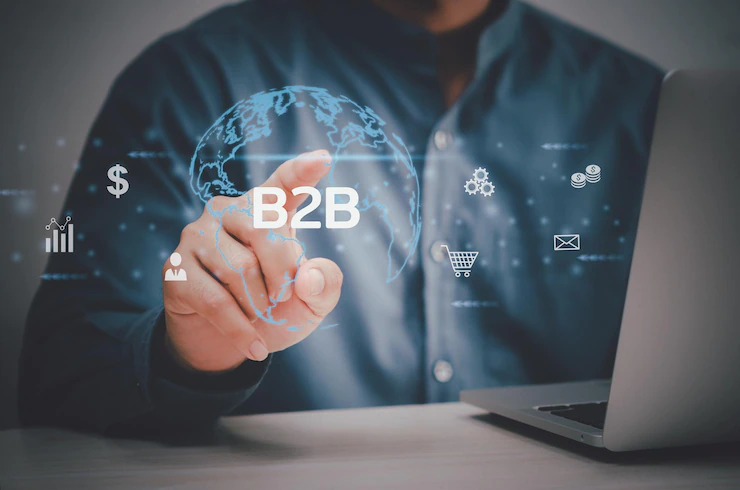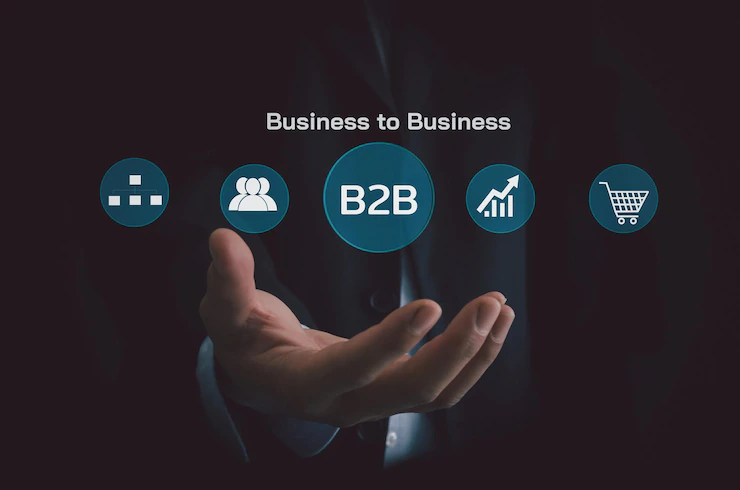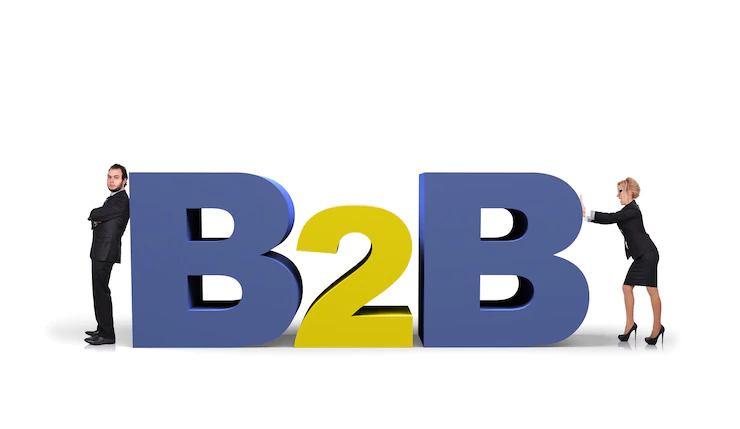B2B Buying Process: Key Stages
by Arnab Dey Business 27 July 2022

The B2B buying process is the most complicated of all consumer-to-business purchasing. It’s a long, winding road that leads to a final decision about whether or not to purchase a product or service. Let’s take a look at how the stages in the B2B process play out.
Awareness

The first stage of the buying process is awareness. As a B2B buyer, this is when you search for solutions to a problem using keywords and phrases that make sense to you.
You’ll spend more time researching at this stage than any other part of the process because it’s where you learn about your options and ensure they will be effective for your business.
Your research will take place on multiple channels: live webinars, in-person seminars; white papers; case studies; blog posts—the list continues.
The impact technology has had on B2B market research can’t be overstated—not only do computers make it easier than ever before for companies to produce content quickly and effectively (because they don’t care about things like “reputation” or “branding”), but with today’s sophisticated search engines, this content is also more accessible than ever before for buyers like yourself to find online.
One thing’s certain: If a company isn’t producing enough quality content during this phase of their buying journey, they’ll lose out to the competition when it comes down time decision-making later in their buying process.
How Does Technology Impact The B2B Buying Decision?

Technology is a critical factor in the B2B buying process, whether you’re using it to get your message across to your target audience or find out what your customers want from you.
Get ready for some jargon: In this context, “technology” means any software application or hardware device that helps people communicate information. So “technology” could mean social media apps like Twitter or Facebook; sales software programs (like Salesforce CRM); email marketing platforms; smartphones and tablets; even desktop computers.
1. Problem identification
To identify a customer’s problem, you must first understand their objectives. Ask them questions to help you get to the root of what they’re trying to achieve. For example: “What do you want this solution to do for your business?” and “How is this going to make your job easier?” might be good places to start.
Don’t assume you know the problem; ask yourself if there are any other possible causes for their issue and check for additional symptoms or side effects (for example, does the same process cause several issues?).
2. Market research
Market research is a vital component of the B2B buying process. It can help you determine which companies and industries to target, what products and services to offer, how much to charge for them, what distribution channels are best for reaching your target customers, and more.
Market research helps you:
- Understand your target customer better to get more sales leads from them.
- Determine if there is a market for your product or service before committing resources to develop it (or figuring out how much money you can make).
- Determine whether someone else has already created something similar that’s available now—and reach out to this company, so they know about yours.
3. Consideration
This is the state of the buying process where a buyer considers all of their options. They’re looking to choose a supplier, solution, price point, and features for a particular problem. It’s also when they’re considering your proposition. In this stage, you must be prepared to convince the buyer that you can solve their problem better than anyone else.
4. Decision
At this stage, the customer has narrowed down their options and is ready to make a final decision. They know what they want and will take the highest bidder. You need to be prepared for this by having a well-proven offering that stands out from the competition.
The best way to do this is by making sure you’ve laid out all of your advantages on paper before meeting with your prospect. Your salespeople should know these in advance, so they can answer any questions or concerns during their pitch.
5. Approvals
The approval stage is the final step before a purchase is finalized. This is a great time to ask for feedback and referrals.
We’re not saying you should be asking for testimonials at every stage of the buying process, but when it comes time to get approval from your team, this might be an opportune moment.
To Maximize Your Chances Of Converting Customers, You Must Be There For Them When They Need You.

To maximize your chances of converting customers, you must be there for them when they need you.
This is not a new idea, but it’s worth repeating because companies that understand the importance of being there when their customers are ready to buy will find themselves in a far better position than those who don’t.
Final Thought
If you have customers who need help at every stage of the B2B buying process, you’ll need to find ways to make yourself available to them in a way that’s convenient for everyone involved.
That means using the right eCommerce platform that ensures your site is easy to navigate and provides valuable information about your product or service (like how it will impact their business).
It could also involve setting up social media accounts where potential buyers can ask questions anonymously or share feedback on what they like/dislike about what they’ve seen so far.
Read Also:



































































































